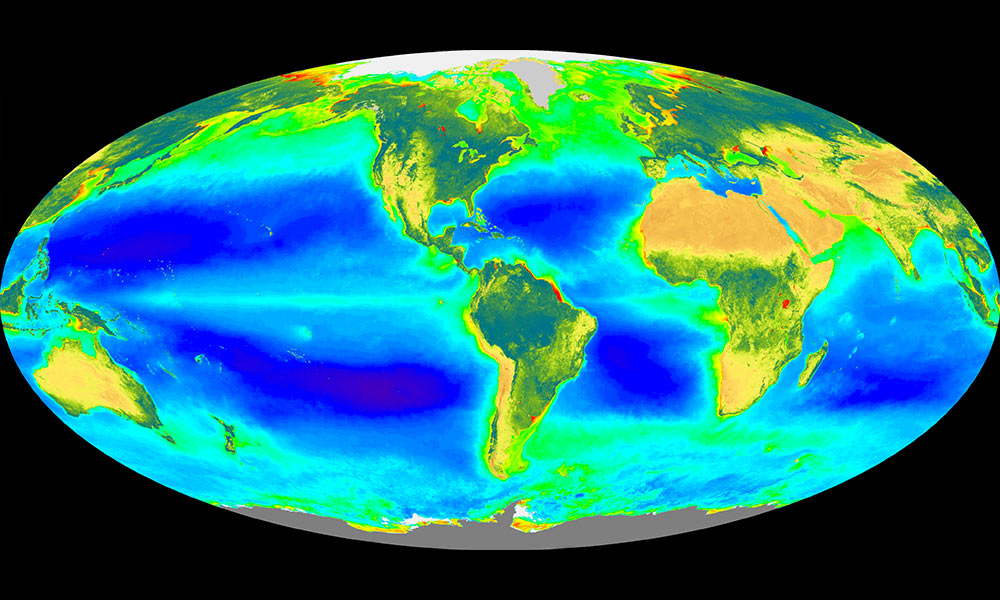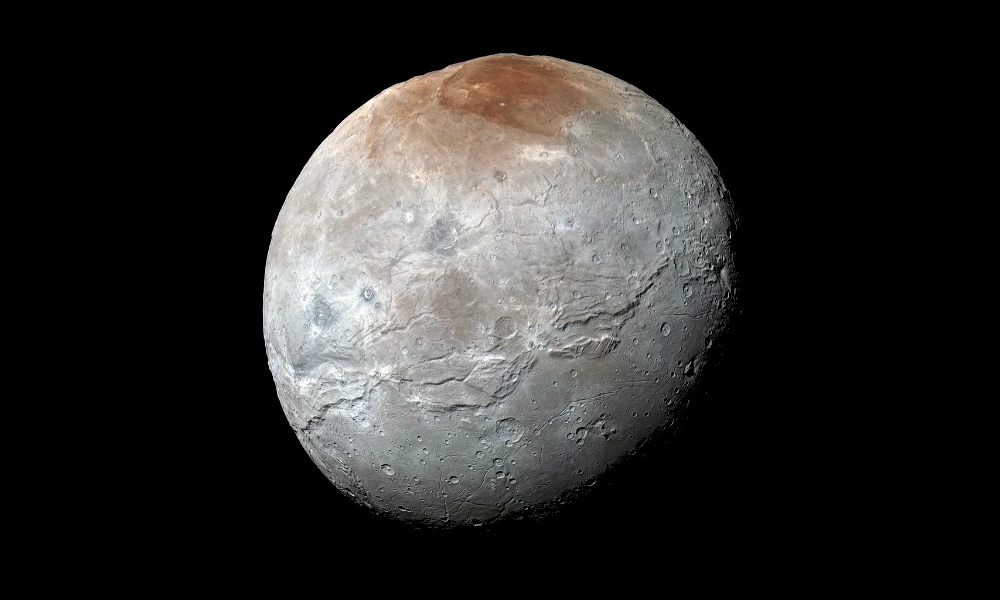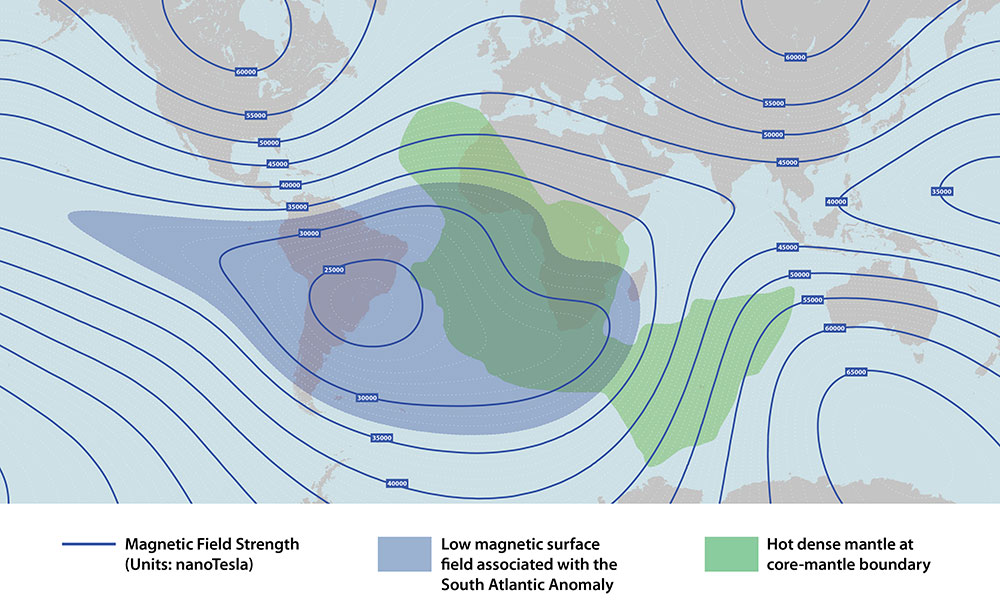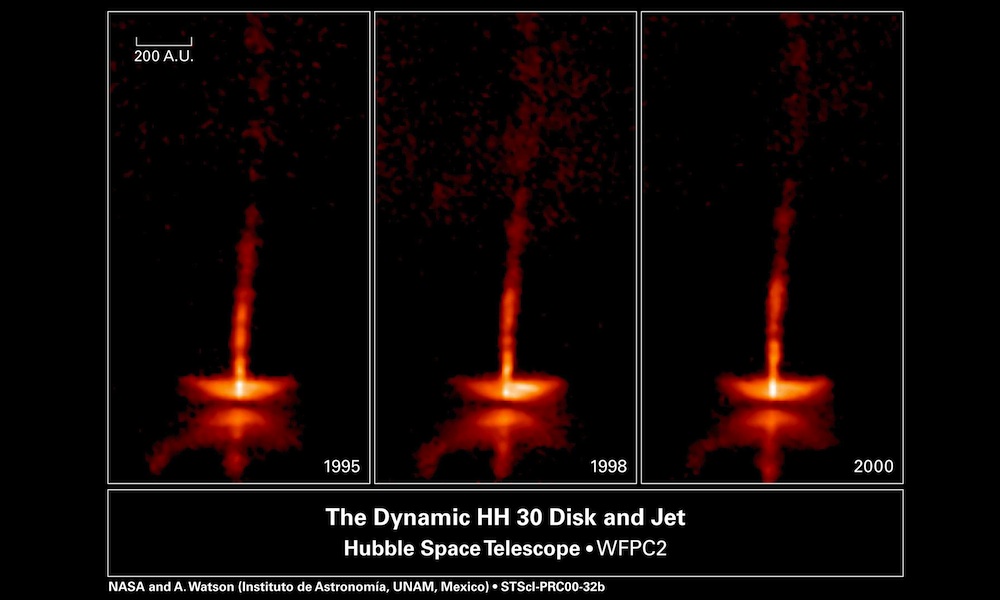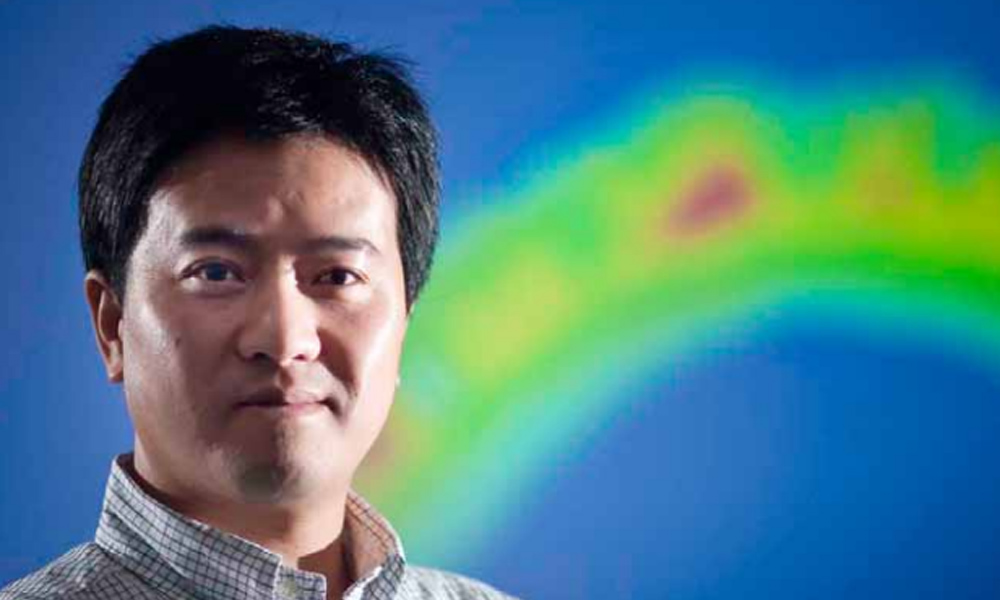
Science & Technology
Ancient ozone levels provide a glimpse into future effects of climate change
June 15, 2017
A computer model developed at Rochester, and used to compare model data to analysis on 100,000-year-old Greenland ice cores, has shown a surprising result.

